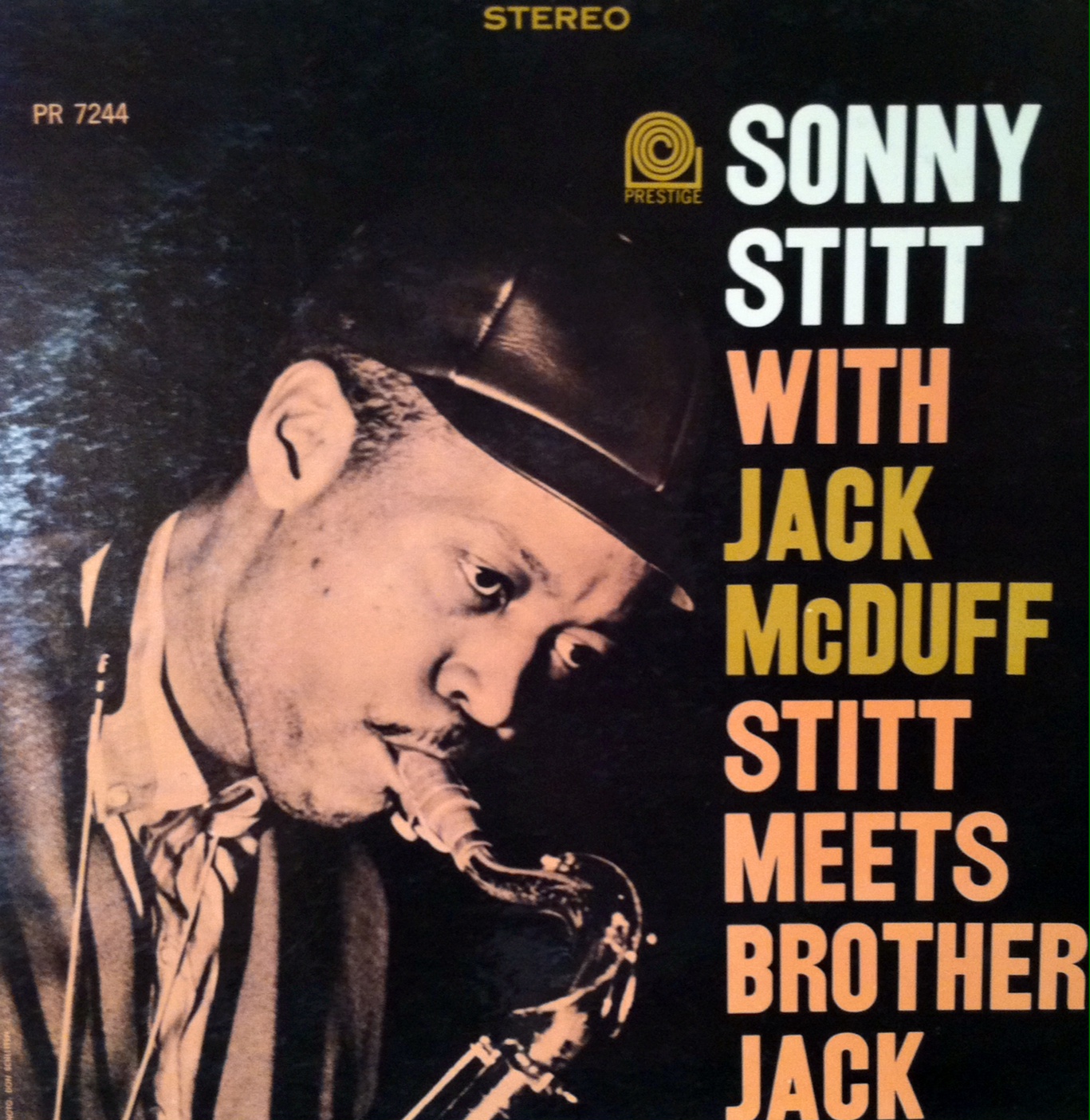Often Imitated

Often Imitated, or Adventures with Admiral Analog’s Audio Assortment, Part 7 of 8
Milton Glaser is a living legend of graphic design, and in this post we take a quick look at his 1976 cover for an Atlantic Records compilation of piano jazz.
Milton Glaser, album cover design for Atlantic Records SD 1696
To begin with, what a beautifully simple and great idea for an album. The four pianists included are all atop the jazz canon, and more interestingly, they all created different sounds and unique styles to get there. Atlantic released this album in 1976, when Herbie Hancock (b. 1940), Chick Corea (b. 1941), Keith Jarrett (b. 1945), and McCoy Tyner (b. 1938) were peers not just literally but musically. The compilation of tracks are taken from recordings in the 1960s, and there are no “hits” included. Rather, the album gives listeners a chance to experience the depth of these artists’ skills beyond the well-trafficked “best of” compilations.
The Artwork
Atlantic pulled off a conceptual marriage with this album cover. The four related but very different pianists are alluded to visually as four variations on a theme. Just as each musician plays the same instrument but produces their own style, here Glaser presents his own four takes on representing the piano. 1976 would be a banner year for Milton, as he received a commission from the State of New York to create what would become the emblematic I Love New York campaign, now widely imitated across the globe.
Milton Glaser, design for I Love New York campaign, 1976
Over his career, Glaser designed for a myriad of products, logos, and companies, but he must have been well known to Atlantic executives for his work at rival Columbia Records: his 1967 design for Bob Dylan’s Greatest Hits album is also still imitated today.
Milton Glaser, poster for Bob Dylan’s Greatest Hits, 1967
Designers can often have a complicated relationship with the art world. While the 21st century’s definition of visual culture has expanded greatly, when Glaser was cutting his chops in the 20th century design and fine art were not always considered in the same light. Yet Glaser took it upon himself to use his Fulbright scholarship to study under one of modernism’s best painters, Giorgio Morandi, in Bologna, Italy. If you’re not familiar with Morandi, think of someone like Paul Cezanne perhaps, who returned to the same still lifes over and over and over again, in order to try and ascertain the true essence of the forms he was depicting. The same can be said of Morandi, who was one generation after Cezanne and equally enthralled with the pursuit of finding truth in nature. His paintings exude a tension between a flattening of forms and imbuing shapes with texture and depth. Many works from Milton Glaser’s own career could be said to possess this same tension, albeit with a less painterly approach.
Giorgio Morandi, Natura Morta, 1957
In the end Glaser’s work has not only been embraced and recognized by the art world, but he has continued to inspire subsequent generations of artists and designers. The Museum of Modern Art, often thought by many as an institutional standard bearer of important design and visual art, has for instance included Glaser’s work in their permanent collection.
Glaser’s relationship with jazz has been long and steady you might say. A few years after the Atlantic album was released, he designed the poster for the 25th anniversary Newport Jazz Festival in 1978. In 2003, the Louis Armstrong House Museum opened its doors, emblazoned with a Glaser-designed logo.
Milton Glaser, design for Newport Jazz Festival 25th Anniversary poster, 1978
Milton Glaser, design for Louis Armstrong House Museum logo, 2003
At this writing, Milton Glaser is 89 years old. His website is a treasure trove of design work connecting the mid-20th century to today.










